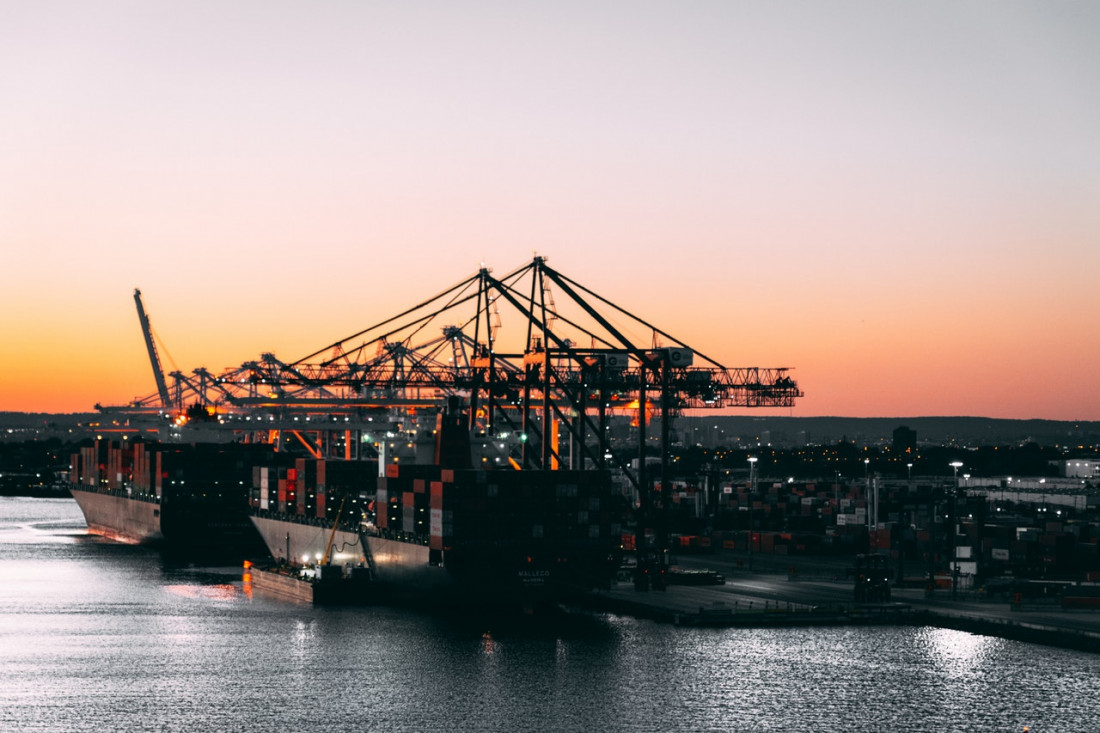In Europe, the introduction of REACH is currently seen as a major competitive disadvantage. But over time, it is hoped that the work being undertaken to establish REACH will aid European manufacturing and trade. By 2018, the last wave of chemical products, even those made by smaller, independent firms, will have been registered into REACH. This will make improved traceability of raw materials possible, which will logically allow for chemicals to be bought and sold based in part on their sustainability. This is a factor that will be increasingly important as the century progresses and resources become both increasingly scarce and increasingly in demand.
Other regions are beginning to see the positive effect of a centralised database of information on chemicals, and so are starting to develop their own systems. Already the US has begun implementation of the GHS system, which has been largely modelled on REACH. A similar Korean system has already been dubbed K-REACH, whilst Taiwan has its own Toxic Chemical Substance Control Act (TCSCA).
Curiously, China has also implemented something similar, as Nadine He, a specialist in Asian chemicals industry regulations and analyst at Chemlinked, notes that, “The [Chinese] ‘Measures for the Environmental Management of New Chemical Substances’ (MEP Order 7) is a revision of the 2003 Chinese legislation on new chemical substance notification (China NCSN). It was enacted [in] Oct 2010. This REACH-style legislation adopts several of the same principles and concepts of the EU REACH, and thus has been dubbed ‘China REACH’, even though only new chemical substances are regulated, compared with EU REACH. Despite dispute over the justification of its nickname, ‘China REACH’ is widely adopted in the industry.”
But whilst it appears that a water-downed version of REACH is being enacted, it is uncertain how effective this policy will be. China had already introduced many new laws governing hazardous chemicals, when the explosion at a Tianjin warehouse (that killed 169) shed light on how such legislation is viewed by those in the industry.
Laws and regulations were widely ignored by both managers, workers and officials alike. As American radio journalist, Frank Langfitt, of Radio NPR, reported, “The next day, China’s state-run press reported that the warehouse was perhaps 500 yards from apartments. Under the law, a warehouse handling such hazardous chemicals was supposed to be at least 1,000 yards away for safety. Meanwhile, workers at the warehouse were handling 3,000 tons of dangerous chemicals [70 times the permitted amount] — which became the ingredients of a giant bomb that left a crater about 20 feet deep.“
He continues to state that, “Last week, one of the warehouse owners was interviewed in police custody. He told state media that he used political connections to get the warehouse approved, even though it violated safety laws. Who was this guy? He was the son of the former police chief for the Tianjin port, where the warehouse was located.“
For now, the reaction of many Chinese people is one of resignation to the situation. As one anonymous observer wrote on Weibo, the Chinese equivalent of Twitter, “Which disaster that has happened in China was NOT caused by collusion of officials and businesses?”
With attitudes like that, and given the serious nature of the chemicals industry to both kill and cure, it remains to be seen if China’s path to both economic and environmental security is really that clear.
Perhaps the Chinese middle classes will grow in power, perhaps the Central Committee will listen to them, and perhaps they won’t. Certainly is seems logical following the Tianjin explosion that enforcement of regulations is increased. Possibly as environmental concerns become increasingly important, China will also need to focus on sustainability and renewable energy sources.
However, as China influence in the chemicals industry and particularly the speciality chemicals sector grows, the country must decide if it is to maintain the necessary standards required of modern trade partners. For a business culture that contains so many cracks, functioning in a society that is 5,000 years old, change, however important it is for success, will not happen overnight, and will certainly not be easy.

